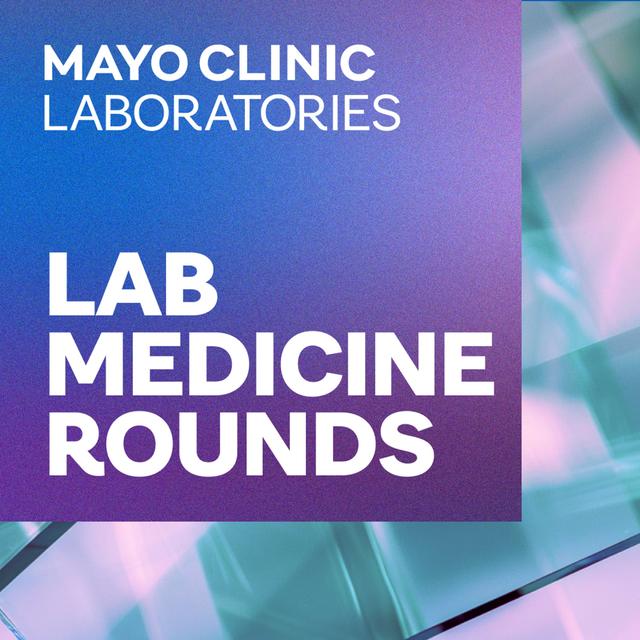
Virtual Facilitator Presence: Ready Player 2?
Episode description
Time Stamps
00:00 Podcast Intro
02:20 For those of us that aren’t in the education technology movement can you give us a little bit of that 50,000 foot view and orientate us, and where we should think about starting?
03:15 Quick tips to consider as a starting place for Virtual Learning: 1.) Presence 2.) Communication 3.) Authenticity
05:25 Synchronous vs. asynchronous environments
07:21 What are some ways we can make this virtual environment work for effectiveness?
09:48 Do you have some tips as far as, are there two or three things that come to the forefront of your mind? I think many people haven’t thought about wait time or down time in a virtual domain. Can you give an example or two of where someone might get off the ground trying this?
12:16 What are your thoughts about how we can facilitate, encourage, and coach that engagement in our learners in a virtual environment?
12:52 What is netiquette?
13:47 How does the netiquette feed into this engagement of learners?
16:30 Free collaborative tools available: Google Forms, Google Docs and MindMeister
17:58 Transitioning more to the learner mind and learner perspective, are there any recommendations for someone who hasn’t learned this way historically in the past, to give this virtual learning its best opportunity?
21:04 How could educators monitor this environment to get that valuable feedback?
24:35 A lot of things are changing when we are using a virtual environment. What things are not changing?
27:28 Outro
Additional Resources:
Mayo Clinic:
Twitter:
· @erhall1
· @MayoFacDev
· #HMICommunity
MedEd/HPE:
· https://www.aliem.com/teaching-age-covid-19-wrap-up/
· Flipped Classroom in Medical Education: Engaging Students to Build Competency https://journals.sagepub.com/doi/full/10.4137/JMECD.S23895
Higher Education Resources:
· Association of Colleges and University Educators: https://acue.org/online-teaching-toolkit/
· Chronicle in Higher Education: Going Online in a Hurry
· Recent Learning Scientist.org Blog
· https://teachremotely.harvard.edu/
· https://ai.umich.edu/keep-teaching/
1. Learning to Teach Online: Understanding & Optimizing an Online Learning Experience by Elizabeth Syben King (@elizabethonline) for Medium.
2. Welcome to ACUE's Online Teaching Toolkit by Association of College and University Educators (@ACUE_HQ)
3. Uploading lecture videos on YouTube by Dr Megan Sumeracki (@DrSumeracki)
4. Going Online in a Hurry: What to Do and Where to Start by Michelle D. Miller for the Chronicle Vitae
Additional Episode Notes:
Virtual/Remote Learning – 50,000 Ft View
Start simple when thinking shifting to virtual – even if you have to move fast (identity dissonance)
Facilitator presence is key in virtual environments
1. Connect: How do connect with learners?
· Synchronously - Shift to a video conferencing platform (Zoom, Blackboard Collaborate, other)
· Asynchronously – Traditional and non-traditional learning management systems, email, Slack
· Be available and accessible: Virtual Office Hours,
2. Communicate: What do my learners need to know?
· Reduce cognitive load by sharing expectations of learners/ participants – help them understand how to interact in this new context (netiquette – virtual etiquette)
· Audio:
· Video:
· Be Transparent – concise communication key and narrating the flow of the experience (be deliberate)
· Include wait time – not only processing by muting and unmuting technology
3. Be Authentic: How can I maintain my personal touch?
· Address people by name
· Make eye contact
· Encourage, acknowledge, and reinforce contributions
· Reinforce what supporting each other looks like
· Demonstrate appreciation and gratitude
· Have fun – add humor
· Give people grace – we are all in this together
One you have done these three things we are ready to start thinking about:
Delivery: Now, what do I do once I am connected to my learners?
Engagement Strategies and Tactics –Learners contribute to Community
I want to frame this question on the premise that learning is social by nature and science of learning principles. In other words:
· How are we maximizing techniques in which people learn by engaging with others - active learning techniques to organize new learning and link to previous knowledge - exposure to how others think, think critically
· How do we engage learners in retrieval of information, elaboration of ideas, and using specific examples to understand abstract ideas
· How do we plan for learners to thinking about their thinking - metacognition
It is common to think about content first which is important in order to scaffolding learning. Establishing what direction instruction is necessary –
· Essentially how it can be used to a focal point for design...
